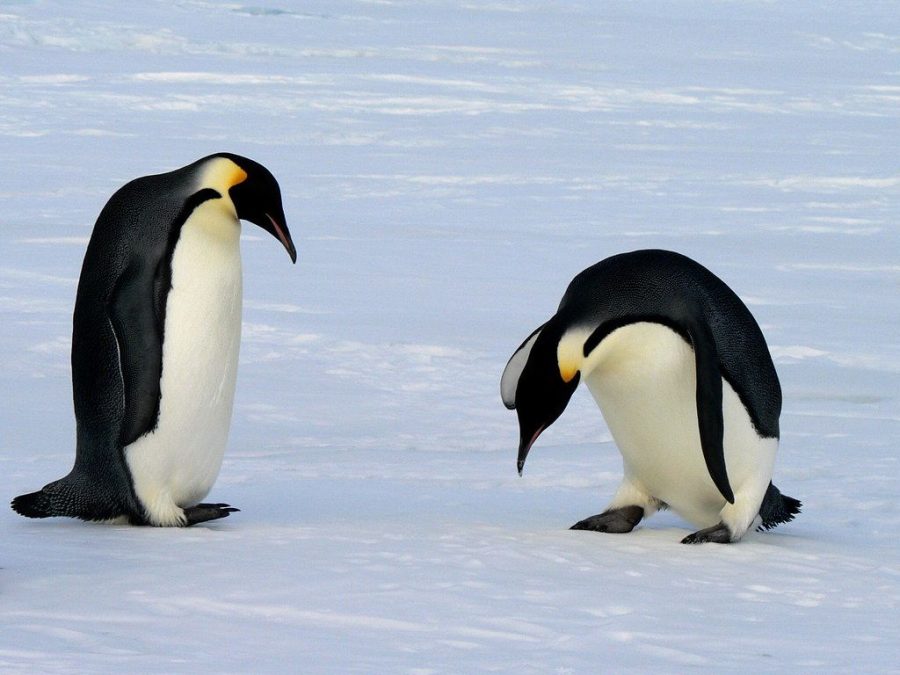Emperor penguins are now protected under the Endangered Species Act, due to the detrimental impacts of climate change.
The Endangered Species Act provides conservation of threatened and endangered plants and animals and the habitats that they live in. It allows individuals and organizations to advocate for a species to be added to the endangered or threatened list. However, the process of adding a species is not a quick one.
The potential addition goes under scientific evaluation and public review before a decision is formally made. Once on the list, the species is monitored over time. The announcement of the emperor penguin’s addition came on Oct. 25, over a year after the U.S. Fish and Wildlife Services sent the proposal to protect the emperor penguins under the ESA.
Emperor penguins were listed as a threatened species because their ice habitats are shrinking. High carbon emissions and heat trapping gases have put the Arctic Sea under stress and caused the ice where these animals live to disappear. Emperor penguins are dependent on these ice habitats to breed, raise their young and escape predators.
“Emperor penguins use ice as a platform for breeding and feeding, so sea ice loss can mean decreased reproductive rates and a decline in feeding success,” said Nadine Lysiak Suffolk University biology professor.
According to The New York Times, emperor penguins are recognized by the federal government as threatened by climate change, and they are not the only ones. Other species that have been marked as threatened by climate change include polar bears, two different species of seals and 20 different varieties of coral.
“Any species that uses ice as a habitat is under threat. In Antarctica, this also includes several species of sea, as well as other penguins. Other species, like fish and plankton use the ice as a refuge. There are also unique algae that live under sea ice and they support an entire food web under the ice,” said Lysiak.
According to CNN, the Arctic Peninsula’s ice has melted by more than 60% in 30 years, and when penguins start to suffer and decline so will the rest of the ecosystem.
While emperor penguin populations currently look stable the species is in danger of extinction in the future. The arctic has approximately 61 breeding colonies on its coastline with a species population estimated to be between 270,000 to 280,000 breeding pairs. However, it is possible that by 2050 the global population of the emperor penguin could decrease by 26% to 47% depending on the carbon emissions in the next few years.
However, Lysiak said that there are a few things that can be done to alleviate these events.
“Reducing carbon emissions and investing in alternative energy, those are important mitigation steps. Since sea ice loss is the major threat to emperor penguins, anything to slow or reduce the impact of warming would help mitigate the decline of the species,” said Lysiak.











